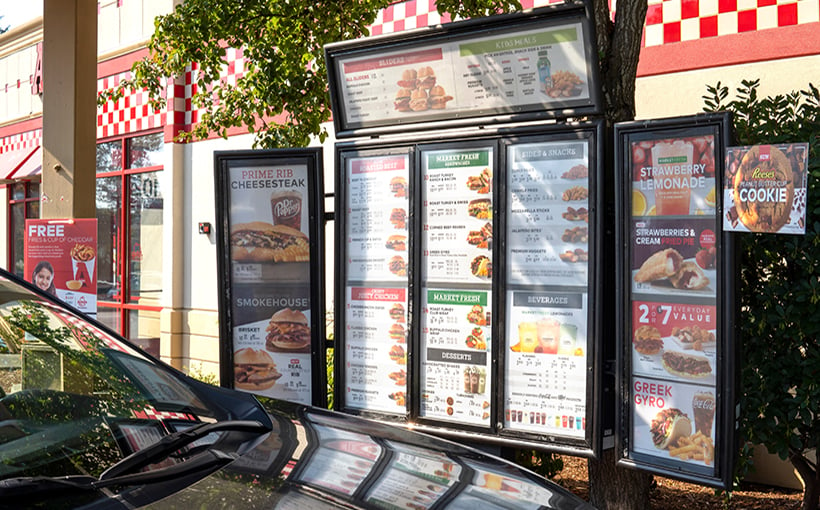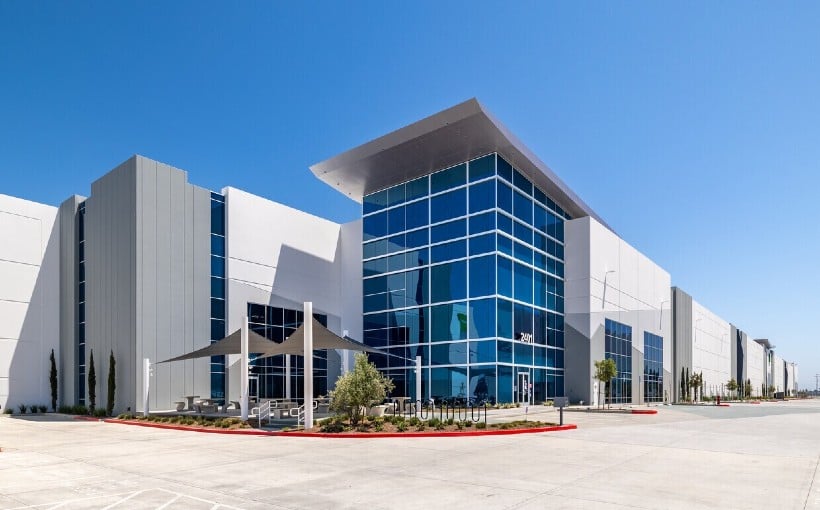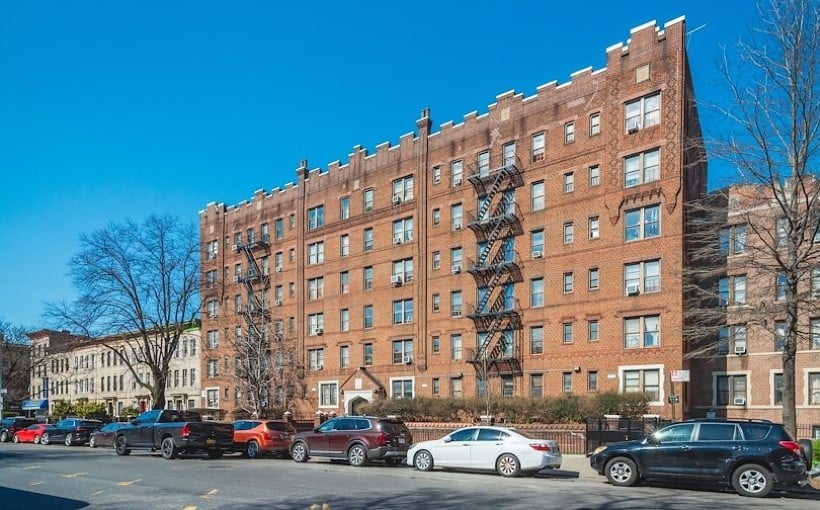**Beauty, Grocery and Fast Food Space: Demand Versus Supply**
Once considered on the brink of obsolescence, grocery stores, quick service restaurants (QSRs), and beauty retailers have made a remarkable comeback—thanks to shifting consumer preferences following the COVID-19 pandemic. Amid the rise of e-commerce and food delivery services, many predicted the demise of physical retail for these sectors. But the tide turned when consumers began craving more than convenience—they also wanted experience.
“As we emerge from the pandemic, we’re seeing a new surge in experiential retail,” said Richard Rizika, partner and co-founder of Beta Agency. “Retailers are focusing on creating in-store experiences that go beyond what e-commerce can provide.”
However, while demand for retail space has increased, the availability of suitable locations hasn’t kept pace.
### What Do Retailers Want?
The specific space requirements for grocery, beauty, and QSR tenants can vary widely. According to Stephanie Skrbin, a retail broker with Axiom Retail Advisors, it depends on the brand and concept.
“A coffee concept like Dutch Bros only needs about 1,000 to 1,500 square feet, often in kiosk-style formats,” explained Skrbin. “In contrast, QSRs typically seek between 2,000 and 3,200 square feet, often with a drive-through component.”
Datex Property Solutions CEO Mark Sigal agreed, adding that drive-throughs are highly desirable but increasingly hard to find due to zoning limitations. Beauty retailers, on the other hand, span a wide range of sizes—brands like Ulta Beauty favor larger stores up to 12,500 square feet, while Sally Beauty may only require 3,000 square feet or less.
Grocery chains also vary in their requirements. Trader Joe’s typically seeks spaces around 12,500 square feet. Sprouts and Whole Foods need between 25,000 and 30,000 square feet, whereas conventional grocers can require up to 75,000 square feet. Discount grocers are more flexible and often target former pharmacy spaces, like old Rite Aid locations.
“The departure of large retail chains has opened opportunities for grocers to backfill those spaces,” noted Chris Premac, vice president at Coreland Companies. Sean Unsell, associate principal with RDC, added, “It’s faster and more sustainable to repurpose existing buildings than to develop from scratch.”
### It’s Not Just About Size
Retail success is influenced by more than just square footage. Keisha Virtue, JLL Retail Research Manager, emphasized the importance of format and location. Fast food outlets often prefer stand-alone buildings to accommodate drive-throughs, while grocers seek high-density neighborhoods or shopping centers. Beauty retailers tend to be the most location-flexible, often locating in malls or shopping centers, and sometimes pursuing shop-in-shop models—like Ulta in Target or Sephora in Kohl’s.
### Space Scarcity Remains a Challenge
Despite a resurgence in demand, finding the right space remains a significant challenge. “There’s a real scarcity of new development,” said Sigal. “Even within the available inventory, only a small subset meets the criteria that retailers are seeking.”
Retail bankruptcies are expected to release over 150 million square feet of space into the market. However, Virtue cautioned that these vacancies won’t perfectly align with current tenant needs.
In the restaurant space, shuttered casual dining locations are not always suitable for QSR purposes. According to Mike Philbin, senior vice president at Northmarq and co-founder of the National Restaurant Group, converting these locations requires strategic planning—or even demolition and redevelopment—to meet QSR requirements such as drive-through lanes. “The advantage these sites offer is their larger lot size, which can accommodate multiple drive-through lanes,” Philbin noted.
### A Changing Landscape Driven by Consumer Behavior
The experts agreed on one thing: consumer behavior drives demand, and that demand shapes both format and location decisions.
“It’s not a one-size-fits-all scenario,” said Sean Unsell. “Successful brands know their customer base and tailor their locations accordingly.”
Keisha Virtue added, “In times of economic uncertainty, consumers prioritize necessities and affordability.” This has further boosted the appeal of grocery stores and quick-service restaurants. Beauty, too, has seen steady demand—fueled in part by the rise of social media and influencer culture.
Richard Rizika summed it up: “The fast-food, grocery, and beauty sectors have shown remarkable resilience and adaptability. By staying in tune with customer preferences and rethinking their physical formats, these retailers are not just surviving—they’re growing.”
As the retail environment continues to evolve, the interplay between experience, convenience, and location will remain central to how and where these sectors expand.




